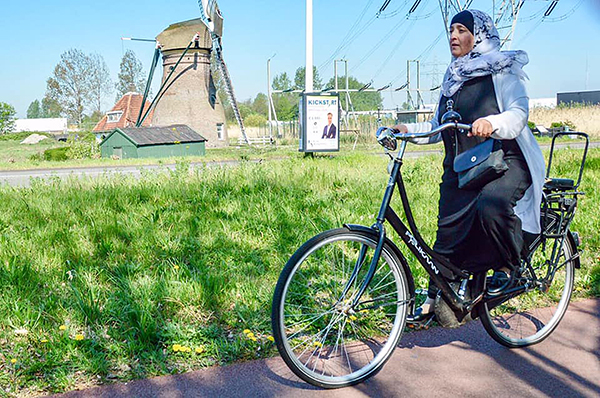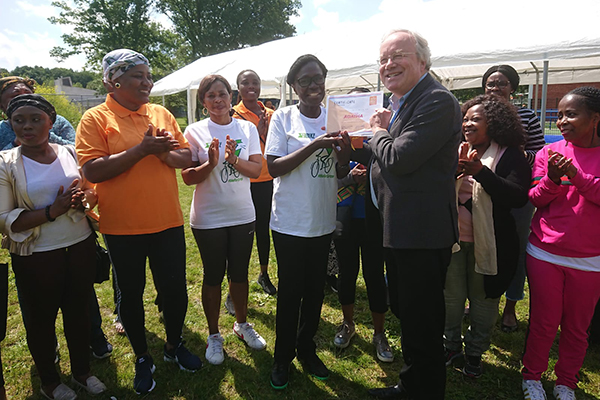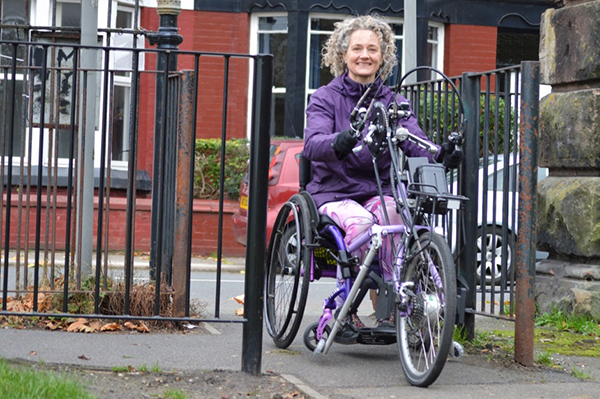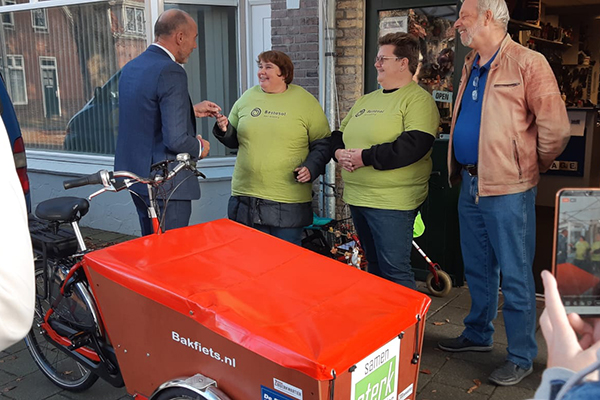Cycle culture / Cycling Education / Traffic safety
Building an inclusive cycling culture
Cycling offers people a low-cost and healthy way to travel from A to B. It is also environmentally friendly, takes up little space compared to other forms of transport and does not cause major issues when it comes to traffic safety. Therefore, it is not surprising that in these times of climate change and nitrogen discussions it is embraced by an increasing number of people and cities world-wide. As a result, questions related to physical cycling infrastructure start to get the much-needed attention they deserves. And luckily, knowledge and experience on networks, safe street design and intersection design are available and spreading.

Another important question is how to build a cycling culture that is inclusive for all. When trying to answer this, it is inevitable that we look at broader issues of inequality in our societies, like income and educational disparities and gentrification, as well as racism and sexism. Looking into these issues can be overwhelming and discouraging, leading one to wonder whether there is anything that can be done in the short term. The good news is, yes, things can be done. Not only can we work to include more people in the cycling community; we can also use cycling as a tool for a more just and equitable society!
Here are three examples of cycling initiatives, each one working on inclusivity and cycling, and each taking a somewhat different approach.

Mama Agatha shows it’s never too late to learn
The first example is bicycle lessons for adults who did not have the opportunity to learn to cycle at a young age. Or adults who know how to ride a bicycle, but do not know how to deal with it in traffic. The most famous Dutch example is the bicycle lessons provided by Mama Agatha in Amsterdam Southeast. Here women are provided with the skills needed to start exploring the streets by bicycle. This initiative also makes sure that participants get access to a bicycle by providing low-cost cycles. The skills that participants acquire combined with access to a bicycle allow them to become part of the bicycle culture. Initiatives like these can be considered a basic need for any city that takes the idea of creating an inclusive cycling culture seriously.

Wheels for Wellbeing benefiting all abilities
The second example is Wheels for Wellbeing; a charity in London supporting disabled people of all ages and abilities to enjoy the benefits of cycling. Disabled people are supported with specific activities and materials to remove their barriers to cycling. Comparable with the bicycle lessons from the first example, the activities are all about building skills and confidence and about making sure that people have access to the right materials. Apart from supporting disabled people themselves, the charity aims to show to outsiders that anyone can enjoy cycling, given the right equipment, support and environment.

Stronger Together builds social cycle network
The third example is from the working group ‘Samen Sterk’ (Strong Together) in the city of Tilburg in the Netherlands. The aim of this community working group is to support people in social or financial need. In their daily activities they often times have to deal with transporting goods. They were looking for a cheap and practical way to do this and figured that a cargo bike would be the perfect vehicle to acquire. Now that the city has sponsored one, the group can use the cargo bike to help when people need to move or in order to transport the materials they use for their activities in the community.
Giving everyone a seat at the table
Now what can individuals, cycling organizations and authorities do to help grow an inclusive cycling culture? The first thing that everyone can do is to listen to what these initiatives have to say. To be curious and ask positive questions and then let them know you appreciate what they do. Secondly you can support these initiatives financially, donate a bike or other materials and you can offer to volunteer. Another important thing you can do is to help give a voice to the people involved. Share their stories, be positive about it to people in your circle. And if you are organizing an event or a meeting, invite them at the table. Let them share their story or support them in creating their story so that it builds a bridge with the other participants at the table.


 ">
">